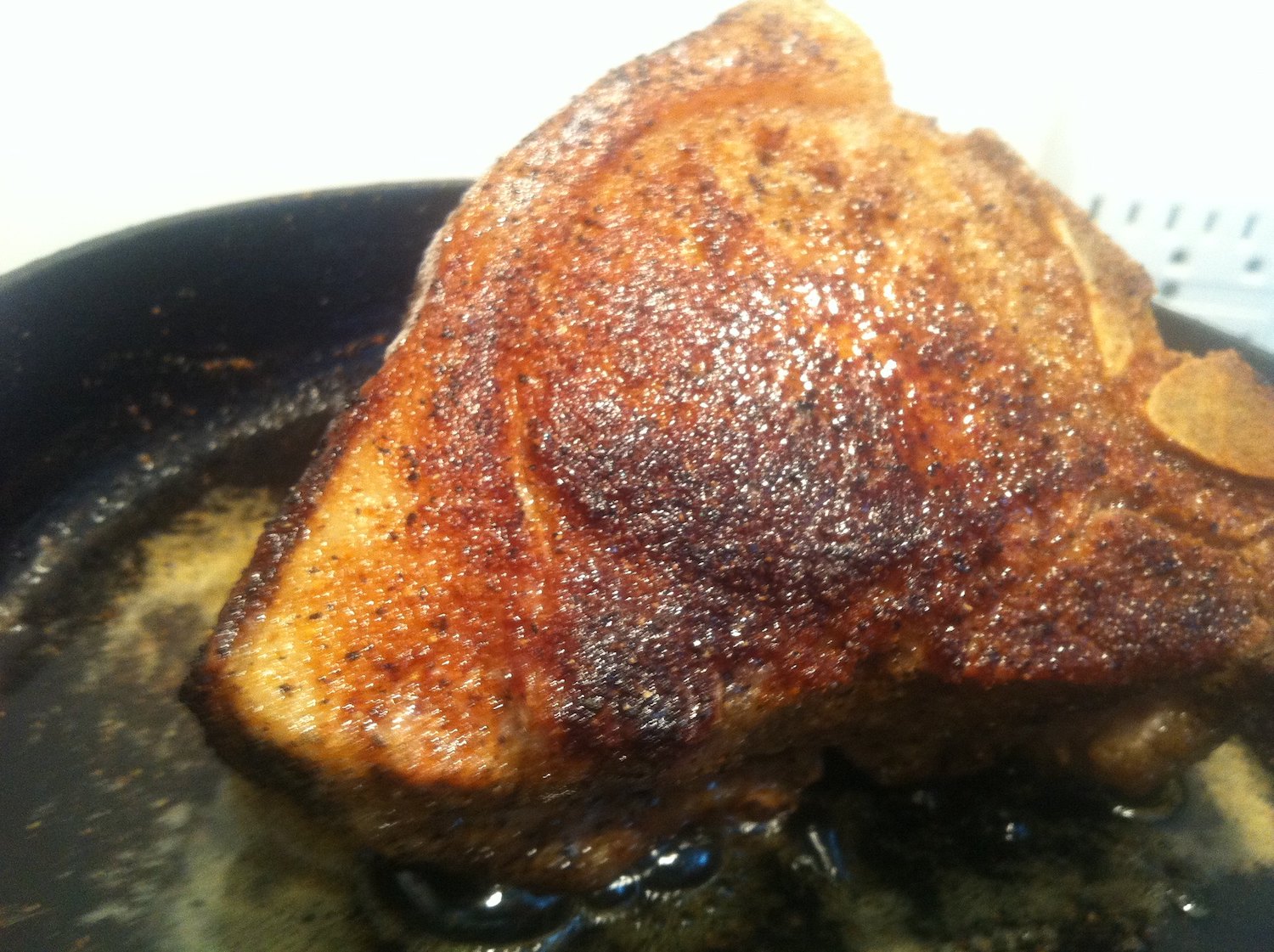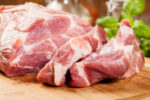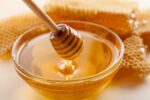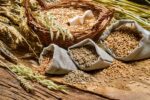
Types of Fats Used for Frying
When I was a child, my mother made delicious fried potatoes and fried chicken in a large Cast Iron Skillet
. She usually used bacon grease, but if she didn’t have enough, she used canned shortening. My mother never did use lard, but I knew people who did.
INFORMATION BELOW FROM 1800s COOKBOOKS:
SCRAPS OF FAT
All scraps of fat—cooked or uncooked—as well as any drippings from beef, veal, pork, and chicken, should be saved and used in cooking. A careful cook seldom buys fat. Generally there is enough coming from skimming of broth, sauces, and gravies for every purpose.
FAT COMBINATIONS
Every thrifty housekeeper should have several kinds of fats in her larder and should use all with discretion. Fats may be combined for certain purposes. Many times in making pastry or in sautéing and frying, it is desirable to use a firm and a soft fat together, such as butter and lard, suet* and oil, or suet and chicken fat.
*suet – the hard white fat on the kidneys and loins of cattle, sheep, and other animals, used to make foods including puddings, pastry, and mincemeat.
CARE OF FAT AND DRIPPINGS
In a large family where much meat is consumed, the care of the fat and drippings is an important item. When meat is of a superior quality, there is usually some fat which should be trimmed off before it is cooked, and more will then roast out than can be properly used for gravy. Therefore, about three-quarters of an hour before the meat is done, pour off all the drippings from the roaster into a dish and set them away to cool.
In warm weather, the good pieces of fat should be clarified once in three or four days; in winter, once a week. Dripping, if nicely clean and fresh, is almost as good as anything; if not clean, it may be easily clarified.The fat which is not nice enough for cooking should be used for making soap. It should be kept in a dry place where it will not mold and be covered so that flies will not visit it.
BEEF SUET
Beef suet or the fat from around the kidneys and loin of beef can be tried out* and used for cooking. Take beef suet or any kind of fat, raw or cooked. Remove as much as possible fibers, nerves, thin skin, or bones. Chop the fat fine and put it in a cast-iron or crockery kettle. Add to it the fat you may have skimmed from the top of broth, sauces or, gravies. Set the pan on a moderate fire and boil gently for about fifteen minutes. Skim it well during the process. Take from the fire, let it stand about five minutes, and then strain. Put it in a stone jar or pot and keep it in a dry and cool place. Cover the jar when perfectly cold.
*tried out – melting fat to skim out the impurities so it is clean to cook with.
LARD
Never buy lard ready-made if you can help it. For general purposes, clean fresh lard is not near so expensive as oil or clarified butter and does almost as well. Butter often burns before you are aware of it and what you fry will get a dark and dirty appearance. The fat of pork is commonly “tried out” or “rendered” to free it from connective tissue. That obtained from trying out the fat from around the kidneys is called leaf lard; ordinary lard is obtained from the fats of other parts of the animal. The former is considered of superior quality.
TO TRY OUT FAT
The fat of meat consists of fat held by a network of connective tissue. To make meat fat suitable for frying, it is necessary to separate the fat from the tissue. Remove the tough outside skin and lean parts from meat fat and cut it into small pieces. Put the fat into an iron kettle and cover it with cold water. Place it uncovered on the stove and heat.
As the fat separates from the pieces of tissue, it is well to strain or drain it into a bowl. If this is done, the fat is less apt to scorch. The heating of the connective tissue should continue until it is shriveled in appearance and no fat can be pressed out from it with a fork. When the water has nearly all evaporated, set the kettle back, lessen the heat, or place in a “cool” oven, and let the fat slowly try out.
The strained fat should be set aside to become firm and then stored in a cool place. There will be no odor from the fat if it is not placed where it becomes too hot.
HOW TO UTILIZE BACON GREASE
Bacon grease is the best available medium for frying. It is the most toothsome and the purest. Pure leaf lard is rare, and even at its best the rich, tempting savor of bacon is vastly preferable.
Bacon, properly prepared for those who do not engage in heavy manual labor and therefore do not need much of the rich heat-producing fat, should be fried to a crisp until it is to all intents entirely lean. From one pound of breakfast bacon, you get one pint of precious bacon grease.
CHICKEN, TURKEY, AND GOOSE FAT
The fat of these birds is never used to fry, but to sauté instead of butter.
MUTTON FAT
The fat of mutton should not be put with other kinds, as it is very hard and tallow-like and the taste is not agreeable. However, it does very well to use on the griddle or to grease pans for bread.
FAT FROM COOKED MEAT
Clarified fat makes very good plain gingerbread and common pie-crust, or if preferred, can be used in each of these with half butter. It is as good as lard to fry doughnuts or biscuit and much more healthful. It is well to keep a small stone jar for such fat. A brown earthen one soon becomes saturated with it, and smells disagreeably.
The fat of cooked meat should not be suffered to remain more than a week in winter, and three days in summer without being melted. Ham fat, if boiled in fresh water and then clarified, answers very well to fry in.
TO CLARIFY FAT No. 1
When through frying, add a pared potato cut in slices to the fat. Let stand on the back of the range until the potato has browned. Remove the potato and strain the fat through a cheese cloth. Fat clarified in this way may be used indefinitely. The potato, owing to its porosity and power of absorption (being mostly starch and carbon), absorbs any odors or gasses, unites with the sediment, and thus cleanses the fat, very much as charcoal purifies water.
TO CLARIFY FAT No. 2
Set the fat on a moderate fire in a pan and as soon as it commences to boil, place a slice of bread dried in the oven in it. Boil gently for about half an hour, take from the fire, and let it settle for a few minutes. Remove the bread, pour gently into a jar or pot, leaving the dregs in the pan.
=================================================
Cast Iron Skillet – Can Be Used With A Variety of Heat Sources
At home in the oven, on the stove, on the grill or over the campfire. The skillet may be used on various heat sources including gas, electric, induction and ceramic-glass top stoves and ovens. When using on glass stove tops, be careful not to slide the cookware around as it’s possible to scratch the surface. Seasoned cast iron can also be used on the grill or outdoor fire and coals for camp cooking. Begin heating cookware on low and slowly bring heat up to medium or medium/high. Always remove cookware from the stovetop after cooking.
=================================================





One thought on “Types of Fats Used for Frying”
Good post! I’d never heard the phrase “tried out” before.
They were lucky they didn’t have vegetable oils back then. That sure kept them healthier. I still keep bacon grease in the fridge and use it and/or coconut or avocado oil for frying.